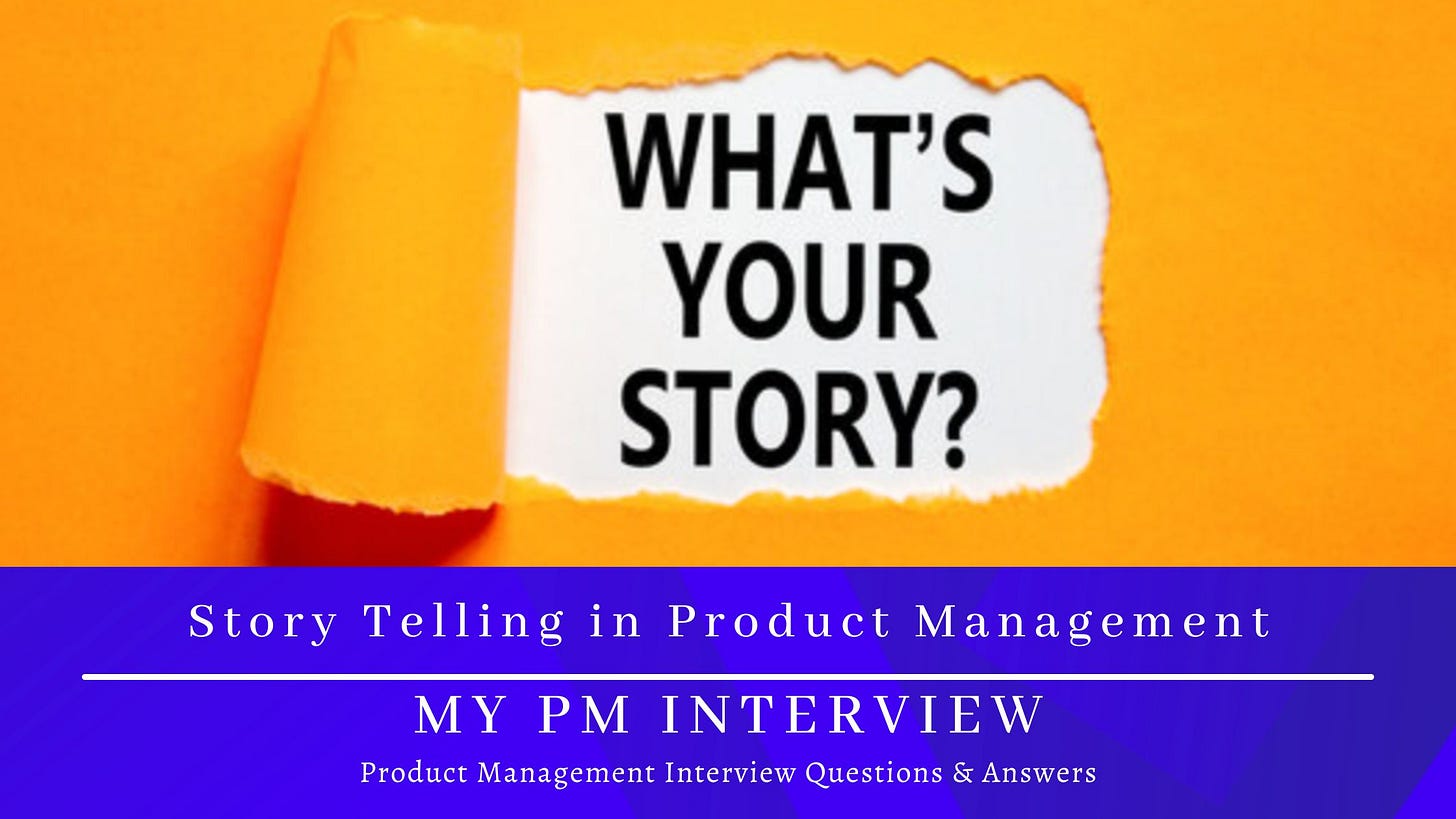Story Telling in Product Management - Master Class
Crafting Compelling Narratives to Drive Alignment, Influence, and Impact as a Product Manager
Table of Content:
Understanding Story and Character Archetypes
Developing Powerful Content for Your Story
Chapter 1 - Introduction to Storytelling for Product Managers
📌 Why Storytelling Matters for PMs
As a Product Manager, your ability to influence without authority is one of your most powerful tools—and storytelling is your superpower in this area. Whether you’re aligning your team around a new feature, pitching a strategy to leadership, or getting buy-in for a major pivot, your success often depends on how well you tell your story.
Stories create clarity, inspire action, and make people care. Facts and data may inform, but stories persuade. A well-crafted story helps people understand why something matters, not just what it is. It builds an emotional connection to an idea, and that’s what drives alignment, resourcing, and momentum.
PMs don’t just ship features. They rally people around a vision—and stories are how they do it.
🤔 How PM Stories Are Different from Traditional Stories
You’ve probably used the classic storytelling structure before:
A character faces a problem, takes action, and sees a result.
That still applies, but PM storytelling has some key differences from traditional or behavioral storytelling (like in interviews):
In PM storytelling, you are not narrating the past—you are proposing the future. You are crafting a compelling case for a problem that should be solved and showing why solving it matters. Your story must answer:
What’s the opportunity?
Why now?
Who benefits?
What’s the result?
What do you need to make it happen?
This future-looking lens is what makes PM storytelling strategic rather than descriptive.
💡 What Makes a Good PM Story?
A great PM story has three core truths:
It is in the best interest of both the company and the customer.
It solves a real pain point or unlocks a valuable opportunity that benefits users and drives business outcomes. If it only helps one and not the other, it likely won’t resonate.It aligns with company strategy and goals.
No matter how exciting your idea is, if it doesn’t map to current priorities or OKRs, it will struggle to get attention or support. Strategic alignment shows you're thinking at the company level.It is possible.
The best stories are grounded in reality. Your solution needs to be technically feasible, financially sensible, and brand-appropriate. If it’s a moonshot that doesn’t align with your company’s identity, it’s not the right story right now.
Together, these three principles help filter the right stories to tell—and ensure that the ones you do tell have a real shot at success.
✅ TL;DR: Key Takeaways
PM storytelling is not about fiction—it's about influence.
Your story paints a future, not a past.
Great stories create emotional, strategic, and practical alignment.
Every story you tell as a PM should be:
Valuable to both customer and business
Aligned with strategy
Possible to execute




